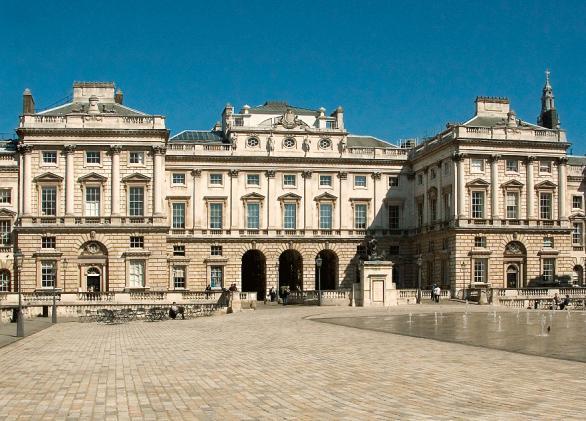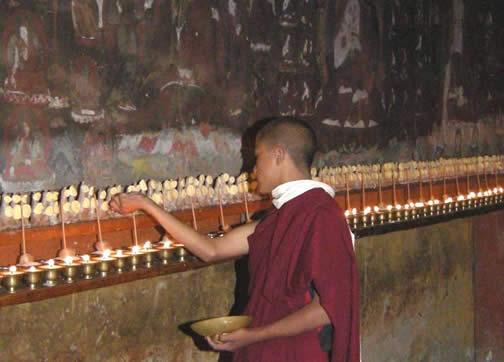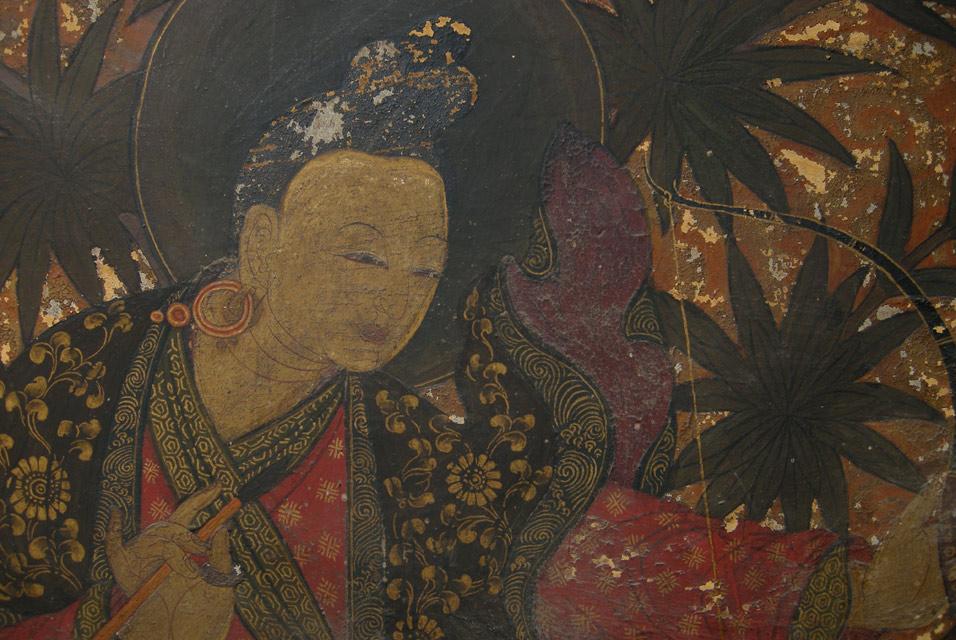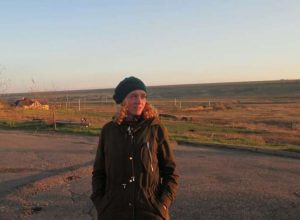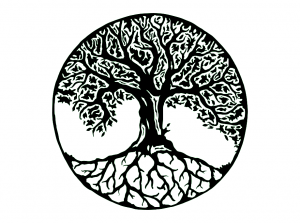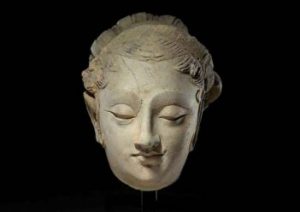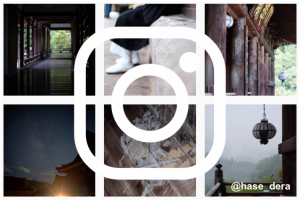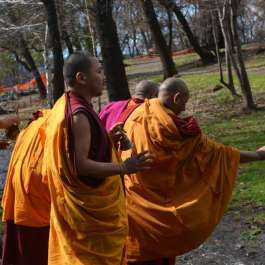This month, the Robert H. N. Ho Family Foundation not only hosted the International Buddhist Film Festival in the British capital but also donated £2.5 million to various institutes to establish a new Masters program for Buddhist art. The Foundation additionally sponsored the Buddhist Art Forum, which was held at the Courtauld Institute of Art from the 11th to 14th of April. Over four days and three receptions at the Victoria and Albert Museum, the British Museum, and the Courtauld, a quartet of different themes were presented by a worldwide selection of scholars and conservators. Some names included but were not restricted to: Matthew Kapstein, Francesca Tarocco, Roderick Whitfield, Juhyung Rhi, Kate Crosby, Susan Whitfield, and celebrity monk Matthieu Ricard.
The first day was all about defining Buddhist art, and whether the term was historically valid at all. Buddhism began as an ascetic tradition teaching the ephemerality of the universe. What use did it have for art? Were its statues, images, and icons originally perceived as art? On the second day, we explored the creation and function of Buddhist art. The third day oversaw an in-depth examination into the conservation of Buddhist art. The fourth and final day explored the role of Buddhist art in the contemporary world, ranging from photography to the Buddhist imaginary in American art. This was the topic of Alexandra Munroe’s talk, which covered an entire spectrum of contemporary art phenomena from Fenollosa to the avant-garde movement. In my opinion, the fourth day was slightly less academic than the other three, because it’s not always easy to follow things that are happening right under our noses – like the constantly shifting landscape of contemporary Buddhist art.
The conference was very comprehensive in its approach. It is a rare opportunity to listen to papers about the ritual function of Central Asian cave art, and then to enjoy a visually stunning presentation about Buddhist pilgrimage in the Eastern Himalayas. Some talks were about the specifications of a single piece of artwork, such as John Clarke and Diana Heath’s presentation of a sculpture of Virupa and its place in
the corpus of Yongle Bronzes. Others dealt with the digitization of Buddhist texts, which is a topic close to Susan Whitfield’s heart in her talk about the International Dunhuang Project she directs. Digitization of the canon and documentation of temples, monasteries, and sites is the going to be the future of protecting and preserving the Buddhist heritage.
Another focus was the protection of Buddhist art and culture, a topic particularly close to the Foundation’s core and mission. Conservator Yoko Tanaguchi’s presentation of Afghanistan’s Bamiyan wall paintings was, by far and large, the most emotionally-charged of all the presentations. It was inspirational and tragic at the same time, to see not only the onetime glory of the Bamiyan Buddhas in Tanaguchi’s photos but also the human vandalization of the cave paintings, of which about seventy percent were defaced and removed thanks to human greed on the black market. One could feel the atmosphere in the conference hall – composed of not only Buddhists and academics but of conservators and art lovers – recoil in disgust as Tanaguchi enlightened us to the extent of immorally and unlawfully acquired art. It left some of us, I daresay, feeling a bit powerless. I was also struck by the previously unknown fact that local villagers in Bamiyan still go to the Buddhas to hold New Year festivals, religious celebrations, and dances. Tanaguchi’s sense of urgency was sobering but galvanizing. I doubt many of us felt really that lethargic afterwards, despite her presentation being the last on the third day.
This Forum was the first of its kind in the British capital, an inauguration of what hopes to be a bright future for the study of Buddhist culture.
Art Forum Program Details:
The Courtauld Institute of Art:
http://www.courtauld.ac.uk/researchforum/events/2012/spring/apr11-14_BuddhistArtForum.shtml
